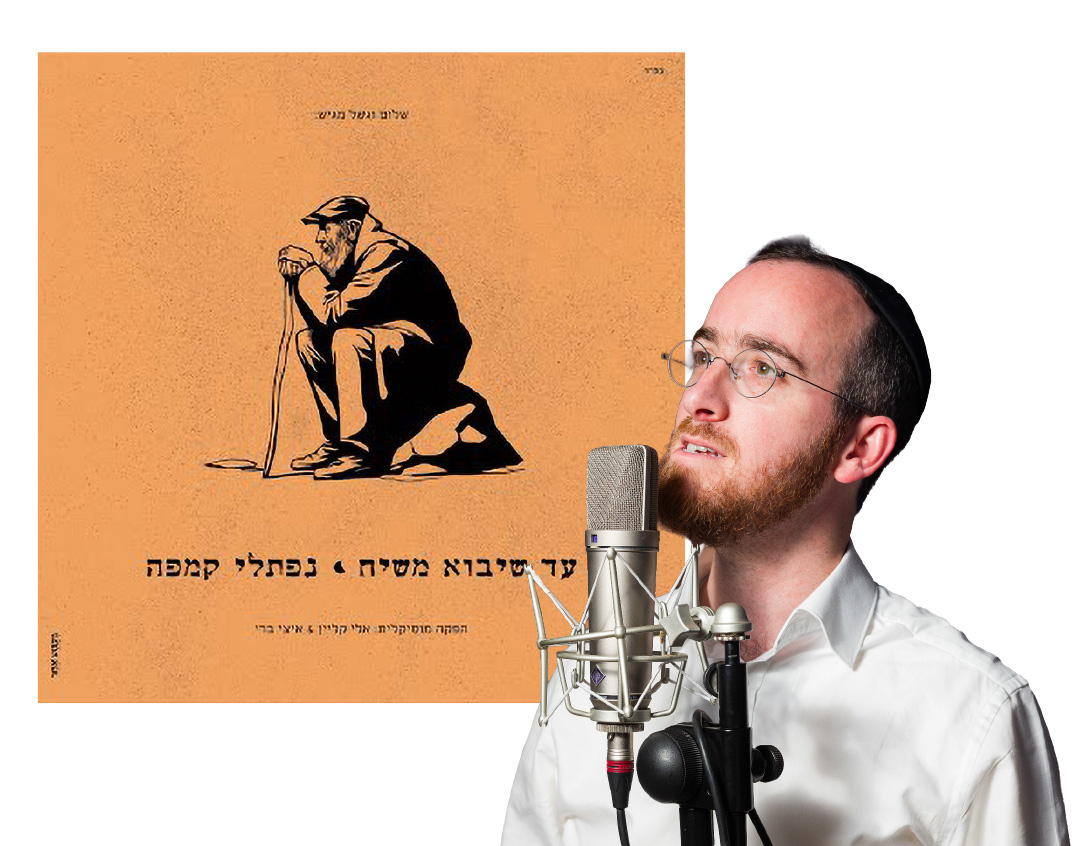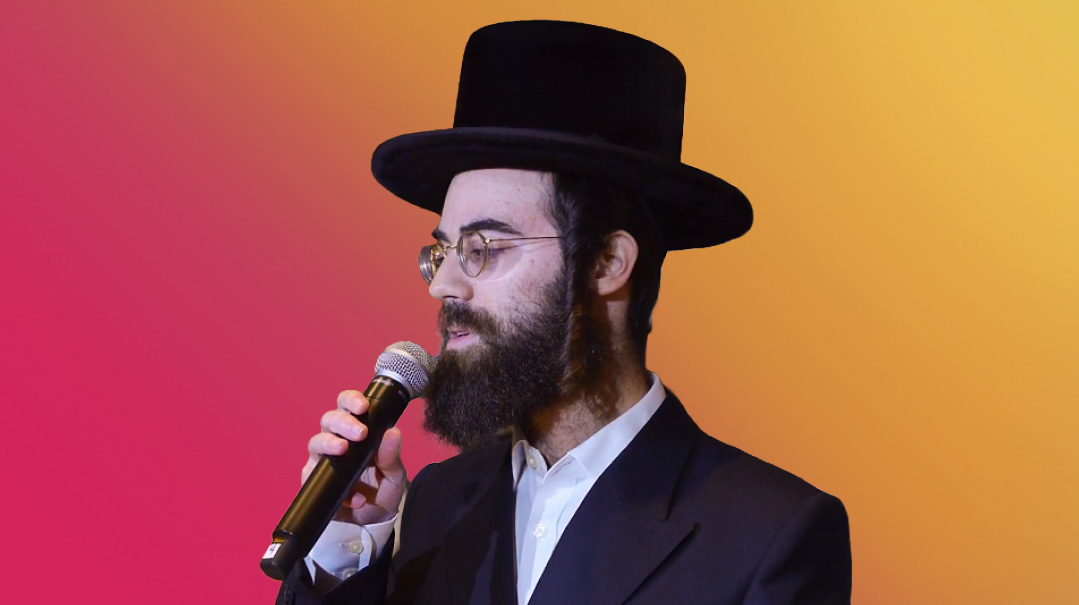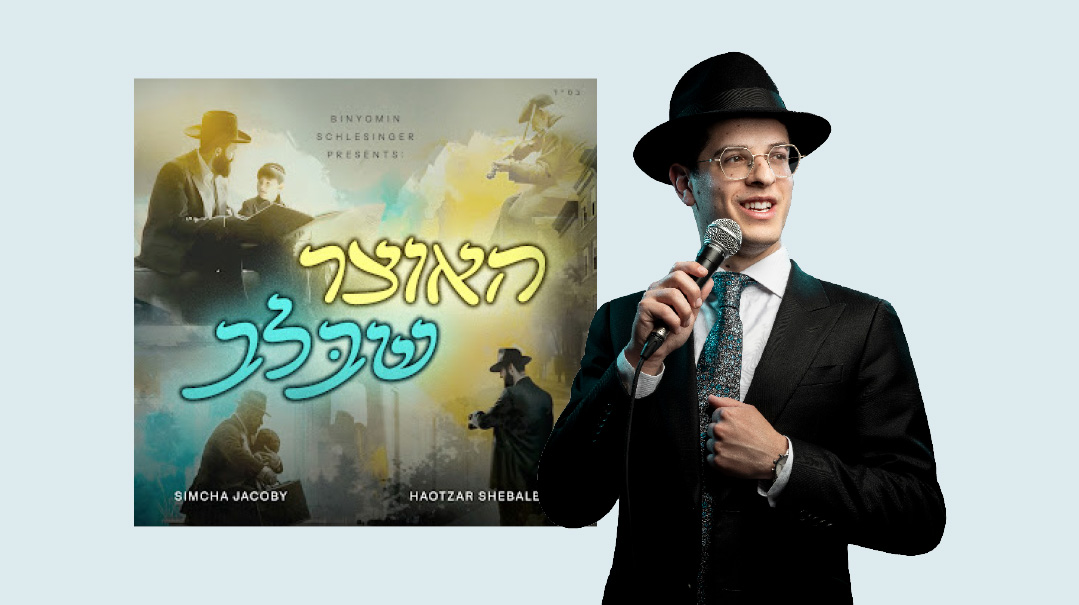A Foot in Every Camp
| August 27, 2024The recordings definitely sound old, but for devoted ex-campers, that’s part of the charm

Streamlined
Those camp color wars might be deep in the past for most adults, yet camp memories tend to hold a special place in their hearts.
“My kids know that even now, 25 years later, if we’re singing Shabbos zemiros and come to a tune that was used for an alma mater at Camp Ma Navu, I’ll still remember every word and sing along,” says CHAIM WEISS, creator of 24Six kosher streaming. He realized that by creating playlists of the beloved alma maters, he could offer adults a trip back to their camp days. Once he’d compiled the songs from Camp Ma-Na-Vu, Camp Agudah alumni joined the fun by collating their color war songs, soon to be followed by Camp Munk, Camp Rayim, Mogen Av, Camp Romimu, Camp Keser, and others. Everyone wanted their camp represented.
“Back then, camp was everything,” Weiss explains. “Everyone went to camp, and the two months spent there formed a big part of your identity. Each boy identified with his own camp, and the songs we sang there, especially those that the teams worked on for color war alma maters, meant so much to us.”
The camp chat groups and the camp websites helped the material come together. Camp videos from the 1970s are pretty rare, but from the late 1980s, camps began videoing their color war presentations. Weiss and his team were able to pull those videos into audio tracks, offering the camp playlists in time for this year’s color war week — traditionally the week after Tishah B’Av. As the camp season winds down, he’ll be adding this year’s songs, for campers returning home to share with their families.
The tunes were often taken from Dveykus, JEP, or Journeys classics, but the individual themes and atmosphere of each camp come through loud and strong in the words. The recordings definitely sound old, but for devoted ex-campers, that’s part of the charm.
“I’ve been in touch with camp friends I haven’t heard from in 25 years,” Weiss says. “They were reliving their younger years, the summers spent in the country. One guy told me how he’s been telling his kids for years about these color war songs, and now he could finally listen together with them and relive the moment. Another guy told me, ‘Why don’t you put the videos of the camp ball games up there, too? I still remember the excitement of the annual game between Camp Heller and Camp Ma Na-Vu….’”
THE SWEETEST SOUNDS OF SUMMER
What niggun takes you back to those camp days and the sun’s rays?
The many songs and tunes from the early JEP and Amudai Shaish albums were often used throughout my camp experience. We used them for theme songs, writing our own words. The style of music resonated with me and certainly influenced me when I ventured into composing my own music at camp and later for Shalsheles.
—Yitzchok Rosenthal
Many summers ago, before bunkhouses were air-conditioned, I was a counselor at Camp Agudah. One boiling hot day, I felt a dire need for a cold soda, but sodas cost $1, and I only had 75 cents. So I made an offer to the kids in my bunk: “Whoever gives me a quarter, I’ll sell you the world’s worst song.”
One camper gave me a quarter, I made up a song on the spot, and I went to buy the soda. When the boys went off to their next activity, this camper asked me to record “his song” on a tape — after all, he purchased it. When he came back, I told him that I’d had a realization: “Actually, this wasn’t the world’s worst song. It’s actually a pretty good song.” I knew that I could sell it, even though it technically didn’t belong to me anymore, so I made another deal: I would sell the song, and give him 40 percent of the sale.
A year later, I sold that song, “Sheyiboneh” (“Meheirah, meheirah, sheyiboneh Hamikdash….”), for $1,000 — it was recorded on Shloime Dachs’s One Day at a Time. As soon as I got the check, I cashed it and ran to the yeshivah where I knew this bochur learned.
He was just walking out of the dining hall when I wished him good morning and pushed $400 into his hand.
“What is this?” he asked me.
I told him, “I owe it to you, remember we made a deal. I got $1,000, and here is your 40 percent.”
So he did pretty well for buying the world’s worst song for a quarter.
--Yitzy Bald
WHAT’S SPEAKING TO ME TODAY
I’m hooked on the very evocative “Tein Li Tefillah” by Shmuel Perednik (a.k.a. Shmuel). It’s a special, heartfelt song, asking for Hashem to hear our prayers. And I’m also listening to Aryeh Kunstler’s gorgeous Reels album. He does covers of other artists’ songs in an incredibly soulful way.
—Singer MOSHE TISCHLER
Whenever Inspiration Strikes
We’re All His Children
“People have been sending me a lot of feedback and clips about the song “Bunim Lamukoim,” which is about achdus and appreciating every Yid because he is a child of Hashem,” says singer/composer Yidi Bialostozky about the energetic selection on his Shishi album. “I was inspired to compose it because of a strong realization I had through singing at so many weddings. At a Jewish wedding, we dance in circles, and you can’t dance in a circle without other people, so I decided what we need is a good dance song about ahavas Yisrael.”
(Originally featured in Mishpacha, Issue 1026)
Oops! We could not locate your form.







